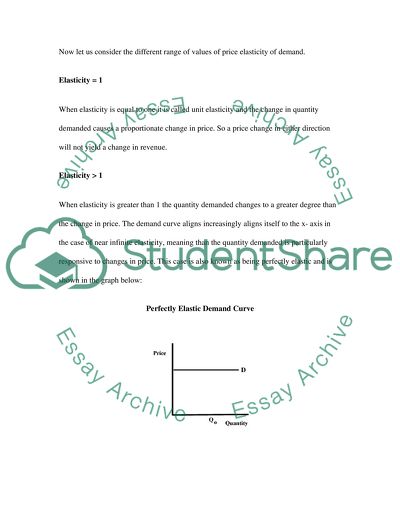Cite this document
(“Price Elasticity of Demand Term Paper Example | Topics and Well Written Essays - 2000 words”, n.d.)
Price Elasticity of Demand Term Paper Example | Topics and Well Written Essays - 2000 words. Retrieved from https://studentshare.org/macro-microeconomics/1505382-price-elasticity-of-demand-essay
Price Elasticity of Demand Term Paper Example | Topics and Well Written Essays - 2000 words. Retrieved from https://studentshare.org/macro-microeconomics/1505382-price-elasticity-of-demand-essay
(Price Elasticity of Demand Term Paper Example | Topics and Well Written Essays - 2000 Words)
Price Elasticity of Demand Term Paper Example | Topics and Well Written Essays - 2000 Words. https://studentshare.org/macro-microeconomics/1505382-price-elasticity-of-demand-essay.
Price Elasticity of Demand Term Paper Example | Topics and Well Written Essays - 2000 Words. https://studentshare.org/macro-microeconomics/1505382-price-elasticity-of-demand-essay.
“Price Elasticity of Demand Term Paper Example | Topics and Well Written Essays - 2000 Words”, n.d. https://studentshare.org/macro-microeconomics/1505382-price-elasticity-of-demand-essay.


